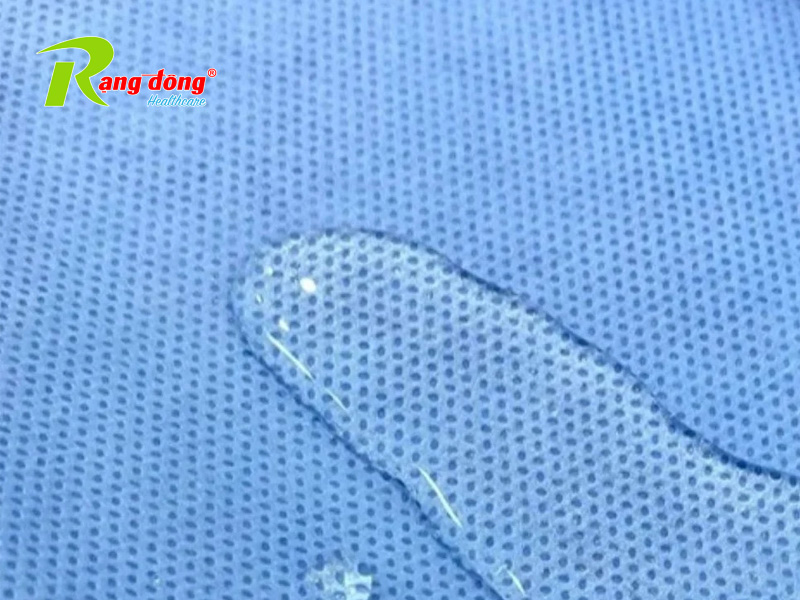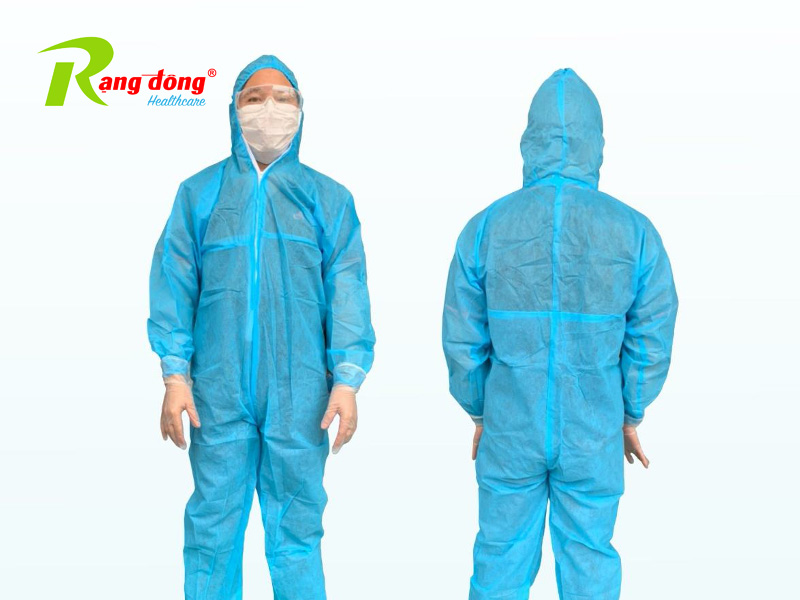The Impact of Technology and Advancements in the PP Laminated PE Non-Woven Fabric Industry Product information 08/11/2023
Technology and progress have always played a significant role in transforming industries and driving development. The PP Laminated PE non-woven fabric industry is no exception. Recent technological advancements in production methods and applications of this material have led to breakthroughs, opening up new opportunities and making a positive impact on various aspects of our lives.

What Is PP Laminated PE Non-Woven Fabric?
PP Laminated PE non-woven fabric, also known as PP Laminated Polyethylene non-woven fabric, is an advanced non-woven material created by combining polypropylene (PP) and polyethylene (PE). This material does not require traditional weaving processes and possesses unique characteristics, including electrical insulation, waterproof properties, antibacterial features, and heat resistance. These attributes make it an ideal choice for various applications across different industries.
Historical Evolution of PP Laminated PE Non-Woven Fabric
The history of PP Laminated PE non-woven fabric is marked by significant developments. Its origins can be traced back to a basic form of non-woven fabric. However, throughout its evolution, technology has improved its mechanical and chemical properties, rendering it suitable for a wide range of applications. As a result, it has expanded beyond its initial use in packaging to find applications in fields such as healthcare and industrial sectors.

Technological Advancements in the Industry
Recent technological advancements in the PP Laminated PE non-woven fabric industry are propelling it into a new era. Advanced production technologies have enhanced batch production capabilities and optimized raw material usage. This, in turn, has led to improved mechanical strength and durability. These innovations have paved the way for new applications, especially in the manufacturing of face masks, sustainable packaging, and various other products.
Applications in Healthcare – The Role of Rạng Đông Healthcare
In the healthcare sector, PP Laminated PE non-woven fabric has become an essential material. Rạng Đông Healthcare, a reputable name in this industry, has played a crucial role in developing and manufacturing medical products using this material. Its thermal insulation, waterproofing, and antibacterial properties make it ideal for the production of medical masks, surgical garments, and various healthcare products. This contribution is significant in addressing global issues such as pandemics and healthcare safety.

Impact on Sustainability
When discussing PP Laminated PE non-woven fabric, sustainability cannot be overlooked. Compared to traditional materials, this material often exhibits higher sustainability performance. It can be recycled and minimizes plastic waste, contributing to environmental protection. The development of recycling technologies and environmentally-friendly production processes is making PP Laminated PE non-woven fabric an increasingly important choice in ensuring the sustainability of the industry and the environment.
Challenges and Future Prospects
Despite significant progress, the PP Laminated PE non-woven fabric industry faces challenges. One of the main challenges is competition from alternative materials and sustainable options. However, the future prospects are promising. Advances in technology and creative innovation will continue to shape the industry’s progress. Potential applications in addressing global issues such as climate change, waste management, and environmental protection are of particular importance.

The impact of technology and advancements in the PP Laminated PE non-woven fabric industry not only drives its development but also benefits society as a whole. The combination of sustainability, technological progress, and creative applications will remain pivotal in the industry’s future.






